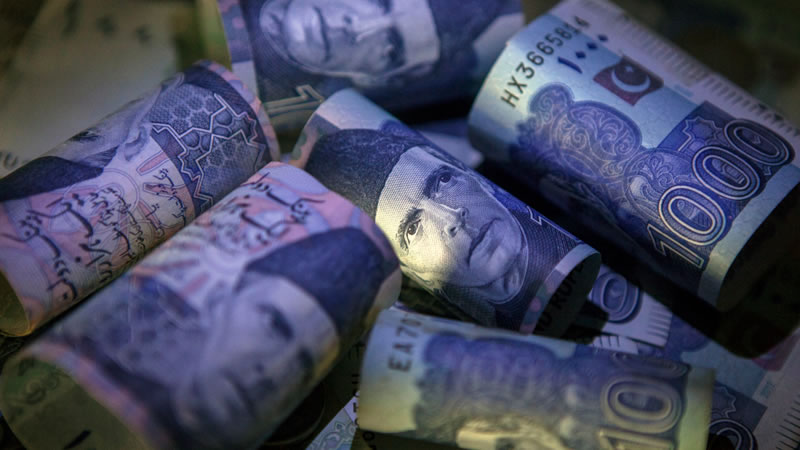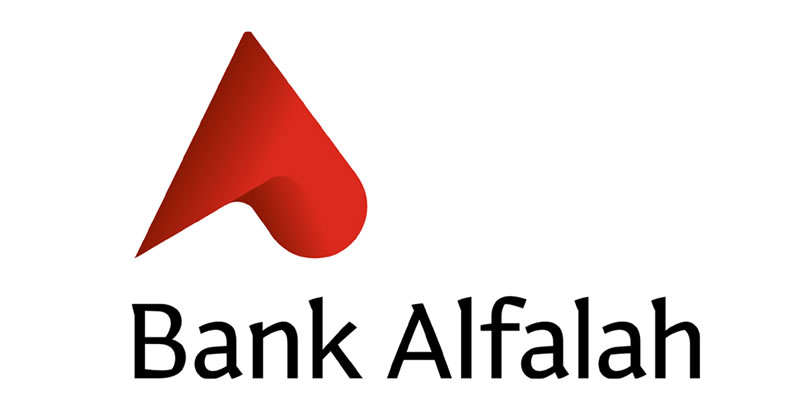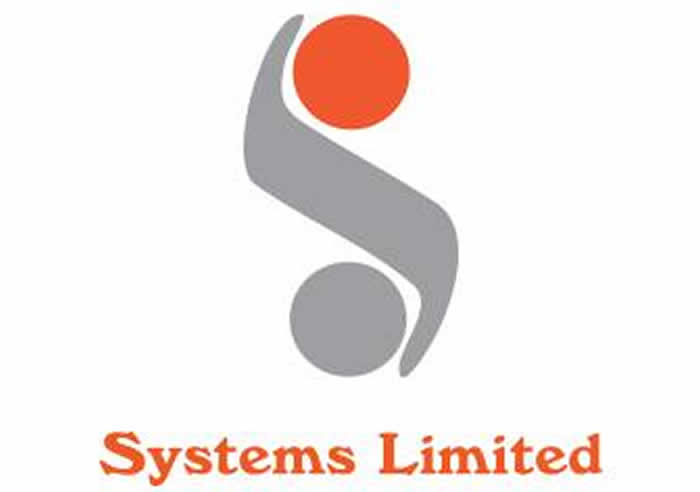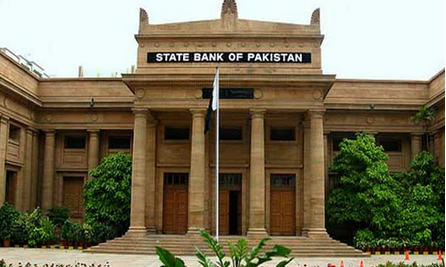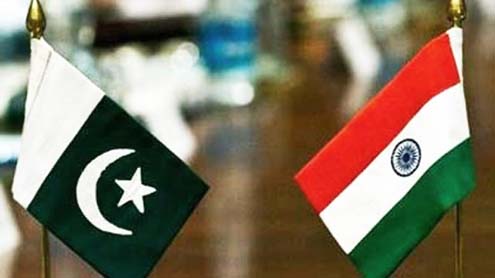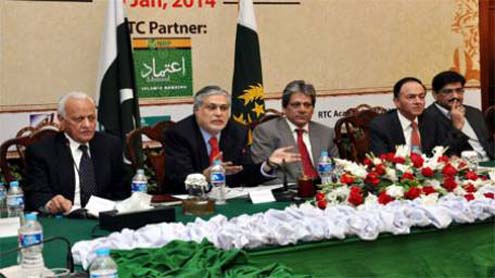 KARACHI: The funds-starved government’s budgetary borrowings from the banking system, continued its northward journey, and marked a massive increase of 142 per cent during last six and half months of the current financial year.
KARACHI: The funds-starved government’s budgetary borrowings from the banking system, continued its northward journey, and marked a massive increase of 142 per cent during last six and half months of the current financial year.
State Bank reported Tuesday that during a period ranging from July 1 to January 20, the cash-strapped government borrowed Rs777.393 billion from the central and scheduled banks. The amount shows an exorbitant increase of 142.24 per cent when compared with Rs320.910 billion the resource-constrained federal and provincial governments borrowed form the banks during the corresponding period last year, FY11. In monetary terms this mammoth increase accounts for Rs456.483 billion. Despite serious attempts by the central bank the regulators have not been able to reduce the volume of its advances to the government which during the review period accumulated to Rs182.581 billion, up 70 per cent or Rs75.43 billion from Rs107.144 billion of last corresponding period.
The analysts from official and unofficial quarters deem the government’s borrowings from the State Bank as highly inflationary as the central bank caters the government’s monetary need through ways not other than printing new banknotes. With central bank rejecting the impression, some analysts perceive that the SBP was still lending huge sums to the government indirectly through injecting liquidity in the banking system where the risk-averse commercial banks were extending the pumped liquidity to the sovereign borrower instead of crediting the same to the private sector. On the other hand, the State Bank says the government was relying more on the scheduled banks for its budgetary needs and borrowed over Rs595 billion during the period under review.
During same period last year the banks’ advances to the government stood at Rs 214 billion, which means the banks invested 178 per cent or Rs 381 billion more in the risk-free and heavily-weighted government papers, including Market Treasury Bills, Pakistan Investment Bonds and Ijara Sukuk. If not inflationary in nature, this trend, the analysts fear, is crowding out the private sector which is considered the engine of growth to ensure sustainable and long-term development world over. – PT




